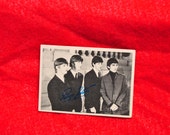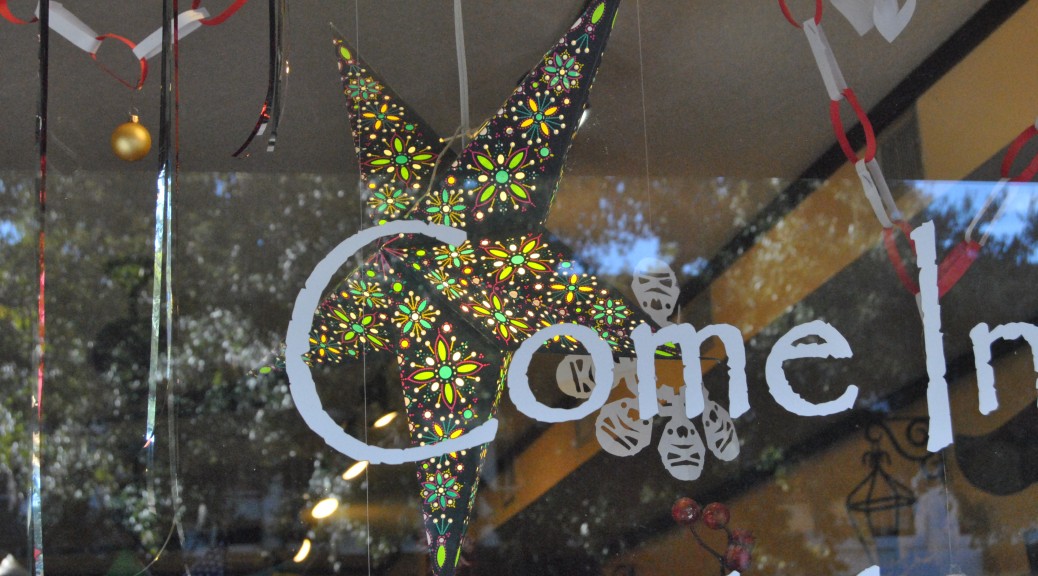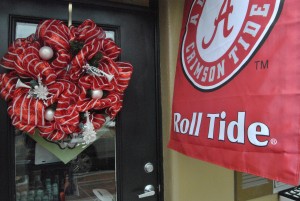FEATURED PICTURE OF THE DAY–ORANGE BLOSSOM CANNON BALL http://www.orangeblossomcannonball.com/
Initially, both men and women wore togas in Rome, but after the 2nd century BC, respectable women wore stolas and prostitutes were required to wear a toga.

Honorable Mention

ADIA OILS OF ORLANDO
Adia (Uh-dee-uh) and unexpected gift
Developed by Craig Lynch
Essential oils/wellness oils/shea butter/natural, cold-pressed, castile, & black soap
Maitland Farmers Market & Centre D’Elle in Winter Park
Etsy
315-396-9422
The Ancient Greeks exercised naked. In fact, this is where our word “gymnasium” comes from; γυμνός (gymnos) means naked in Ancient and Modern Greek.

Check out Starz’s Finances and how Outlander plays into it.
SUGGESTION FOR A CHECK OUT FOR POSSIBLE ADVENTURE:

also shelling and island picnicking
Evidence for the first clothes dates somewhere between 100,000 to 500,000 years ago.

DragonLaire 26 views
$14.99 USD

Early Egyptians wore little clothing like everybody else in a hot climate , but gradually the clothing progressed from loin cloths for everybody: men, woman, rich and poor–only the material and style or lack there of made a difference
Clothing for both sexes was eventually complicated with headdresses, wigs and unbelievable jewelry, even fake beards.
But the make up: There are papyrus showing women rouging their faces. Oils and perfumes were common as is witnessed by the beautiful jars full of these that have been redeemed from the ladies’ tombs. You’ve probably seen pictures of the Egyptian woman’s eyes lined with stibium making them look larger or some used Kohl (a mixture of ingredients) which was applied with sticks made of wood, bronze or glass. Even the Bible mentions this (noting in II Kings 9:30 that Jezebel “put her eyes in stibium”). Add combs and hairpins of wood and ivory and finally a fan and you have the ladies (or at least the upper class ones). “Mainly, noble and high status women were highly idealized to express their eternal youth, beauty and fertility.” https://en.wikipedia.org/wiki/Portraiture_in_Ancient_Egypt
HEY WHY DOES 2/3 OF THOSE SEEM STRANGELY FAMILIAR?
The bikini was named after the island Bikini Atoll, where the US military was testing its bombs in World War 2.

ANCIENT GREECE CLOTHING APPEARED A LOT SIMPLIER THAN THE EGYPTIAN: But the areas varied a bit. For instance the Sparta women wore a short affair, called double girded chiton—think 60’s mini-skirt–as the 2nd girdle kept the skirt up so as to avoid restricting the athletics that these women were partial to.
But they also wore ear-rings, necklaces, bracelets, rings and pins in their hair. Added to this were artificial hair and of course fans.
A full-lipped, cheek-chiselled man in Ancient Greece knew two things – that his beauty was a blessing (a gift of the gods no less) and that his perfect exterior hid an inner perfection. For the Greeks a beautiful body was considered direct evidence of a beautiful mind. They even had a word for it – kaloskagathos – which meant being gorgeous to look at, and hence being a good person. http://www.bbc.com/news/magazine-30746985
And who says that women are the only vain sex?
A size 8 dress with a 32-inch bust in 1967 is now considered a size 0 today.
 I
IIf you’re looking at fashion you can not forever ignore the French and as you can see above both sexes were very bold in the Middle Ages (476 – 1500 AD). It was the age we have never forgot–of adventure, of noble ladies and their knights gallant. The woman of this period had begun her long road to freedom. She attended banquets, spent time in religious study with nuns. Learned to embroider and went on to teach and make wall hangings for her family with her learned skill and also she also wove silken trophies to award the knights with. She rode out with other ladies and those same knights to go a hawking.
Following the crusades many poor women found employment in producing all kinds of luxurious wearing apparel including head-dressers, ribbons, buckles, clasps, furs, brass, cooper and wire buttons, hose, shoes, and gloves to name a few.
Virginity’s monetary importance created a desire for ways to assure that a woman was indeed a virgin. Virgin brides generally came with higher dowries, making them more attractive to prospective grooms, and these prospective grooms, in return, were more likely to feel generous when it came to giving a return gift to the bride’s family. In order to help grooms ensure that the bride’s family was truthful about her “condition,” many medical texts included descriptions of methods and processes that could be used to prove or disprove a woman’s chastity. De Secretis advocates a number of different methods, which variously involve observing a woman’s behavior, urine inspection, and sometimes actual intercourse. Other texts offer not only the tests, but also ways to restore a woman’s virginity. One example from the Hebrew Book of Women’s Love dictates that in order to restore lost virginity one must “take myrtle leaves and boil them well with water until only a third part remains; then, take nettles without prickles and boil them in this water until a third remains. She must wash her secret parts with this water in the morning and at bedtime, up to nine days” or, if that will take too long, to “take nutmeg and grind [it] to a powder; put it in that place and [her virginity] will be restored immediately” (Caballero-Navas, 142-44). http://www.library.rochester.edu/robbins/sex-society
Men’s shirts button on the right, and women’s on the left.

Children dressed identically to adults until the mid 1800s, when the concept of children’s clothing took off.
Until around the beginning of the 20th century, Chinese culture regarded small feet as beautiful, and it was a common practice to bind women’s feet from an early age to keep their feet small. This practice was limited to the wealthy, however, as the feet of women who underwent this procedure were so deformed that they had difficulty walking. http://www.scratchhard.com/about/blog/40-interesting-facts-about-fashion/







